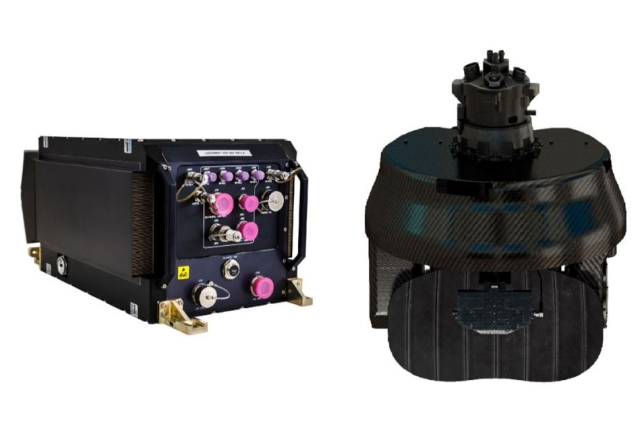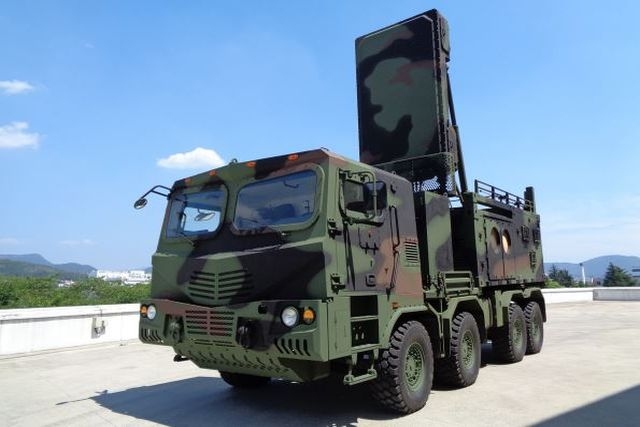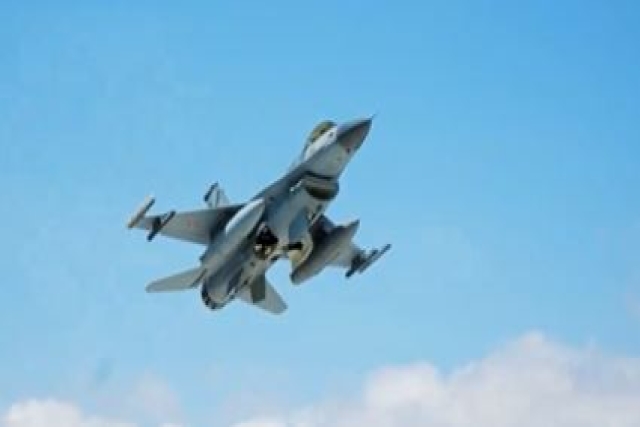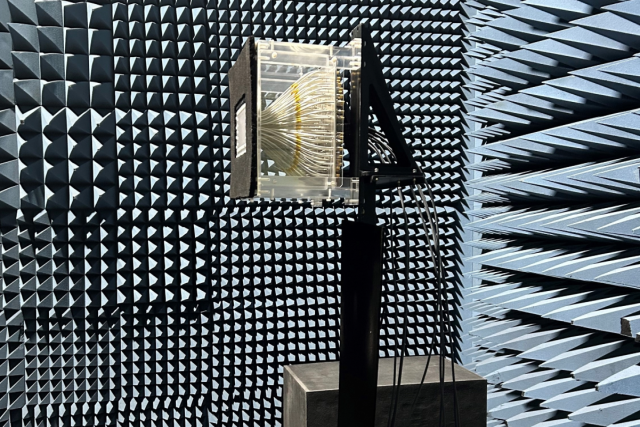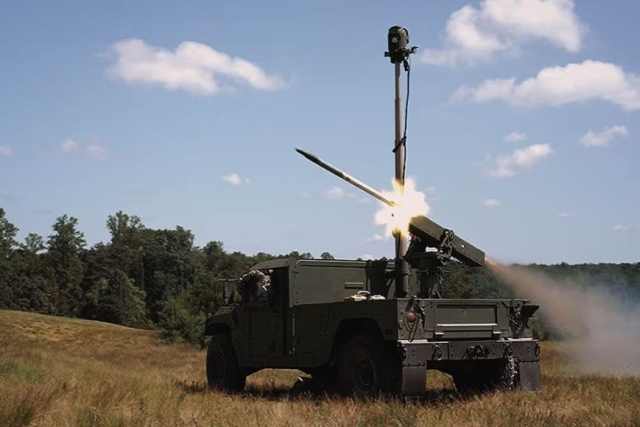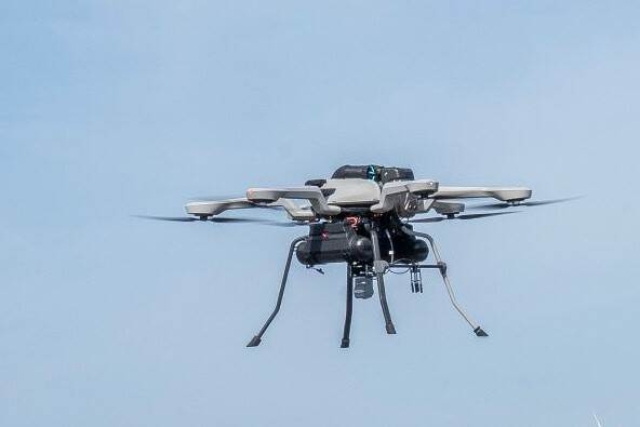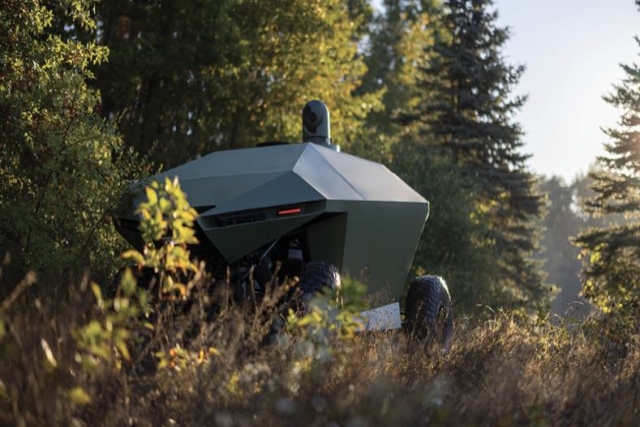Brazilian Army Tests Indigenously-made Counter-Battery AESA Radar
The radar features AESA technology for precise target detection, including artillery, drones, and aerial threats.

The Brazilian Army conducted initial engineering tests of the Counter-Battery Radar Technology Demonstrator (DTCBia) featuring AESA technology from June 12 to 20, the country’s defense ministry has confirmed.
These tests, performed at the Army Evaluation Center (CAEx), involved collaboration between the Army Technology Center (CTEx), Embraer personnel, and support from CAEx and Rio de Janeiro War Arsenal teams.
The DTCBia's primary objective during these tests was to collect data on devices launched from 120 mm and 81 mm mortars. Additionally, the radar detected and gathered information from drones capturing test footage and commercial air traffic in the area. It also managed to mitigate interference caused by coastal water movements (maritime clutter).
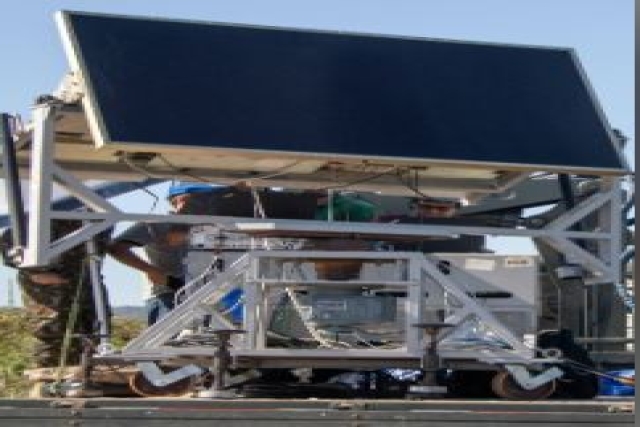
Developed as part of the Multifunction Counter-Battery Radar project's initial phase, in collaboration with Brazil's Defense Industrial Base (BID), the DTCBia enhances field artillery capabilities by pinpointing enemy artillery positions and shell impacts. Its functions extend to assisting friendly artillery operations and issuing alerts for impending attacks.
Unlike existing Field Artillery Target Search Systems, the DTCBia integrates AESA technology, enabling advanced electromagnetic beam shaping and precise targeting strategies. This capability expands its scope to include the detection of aerial threats, particularly unmanned aerial vehicles, crucial in modern warfare scenarios.
